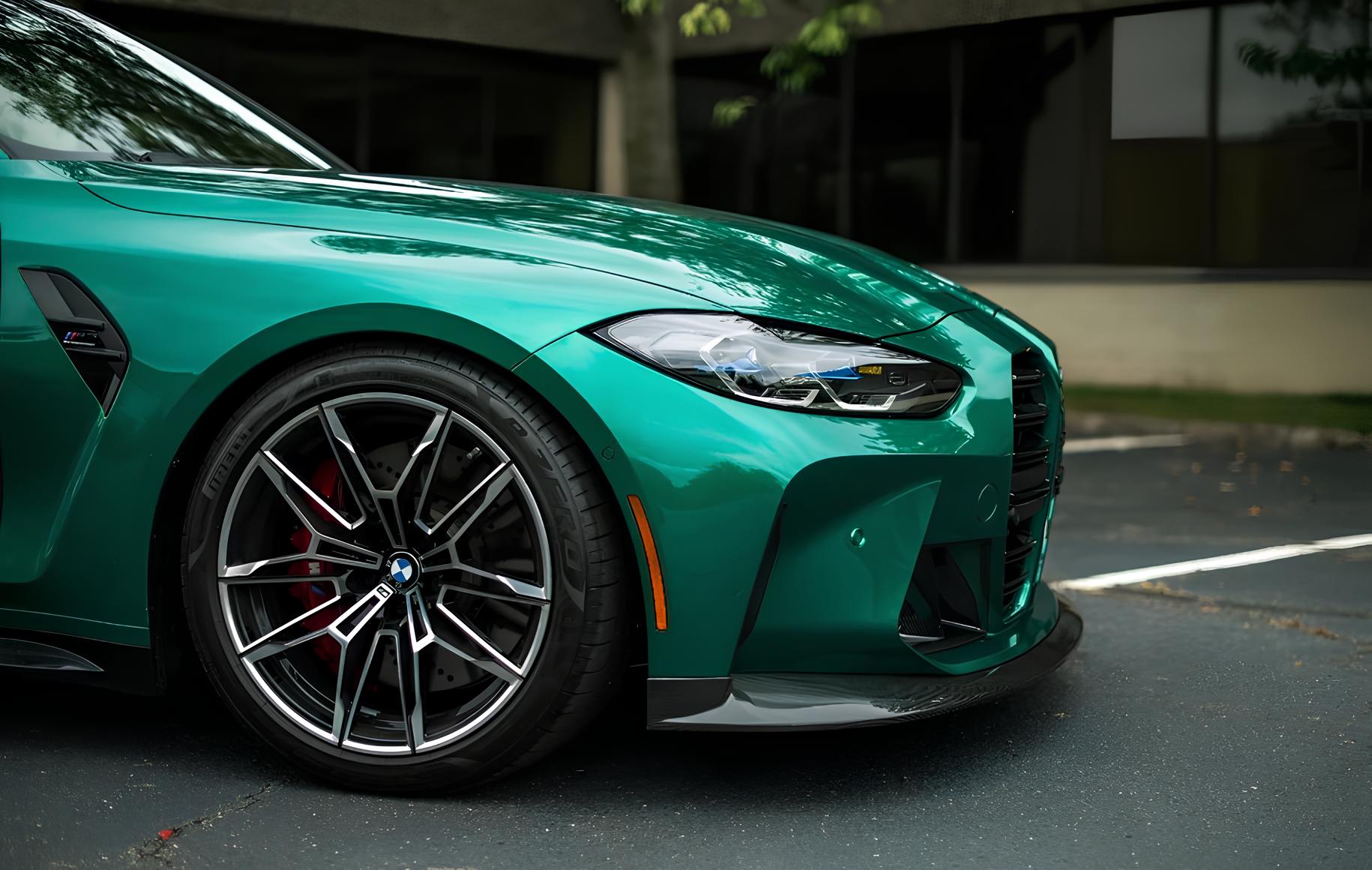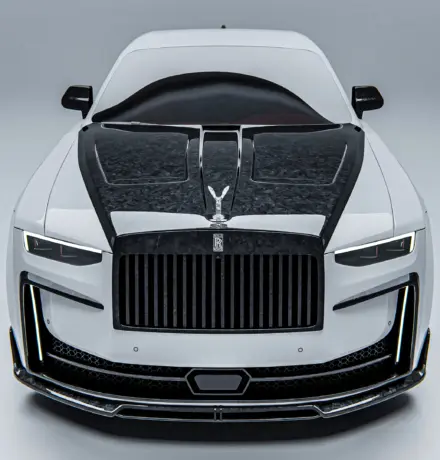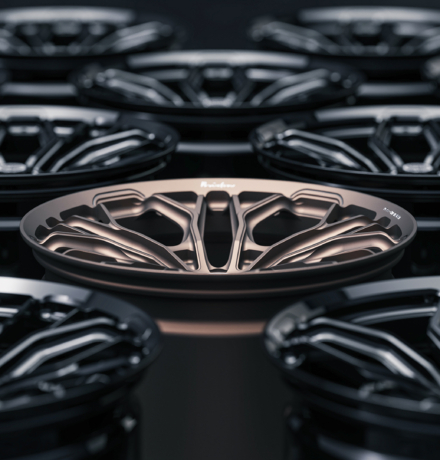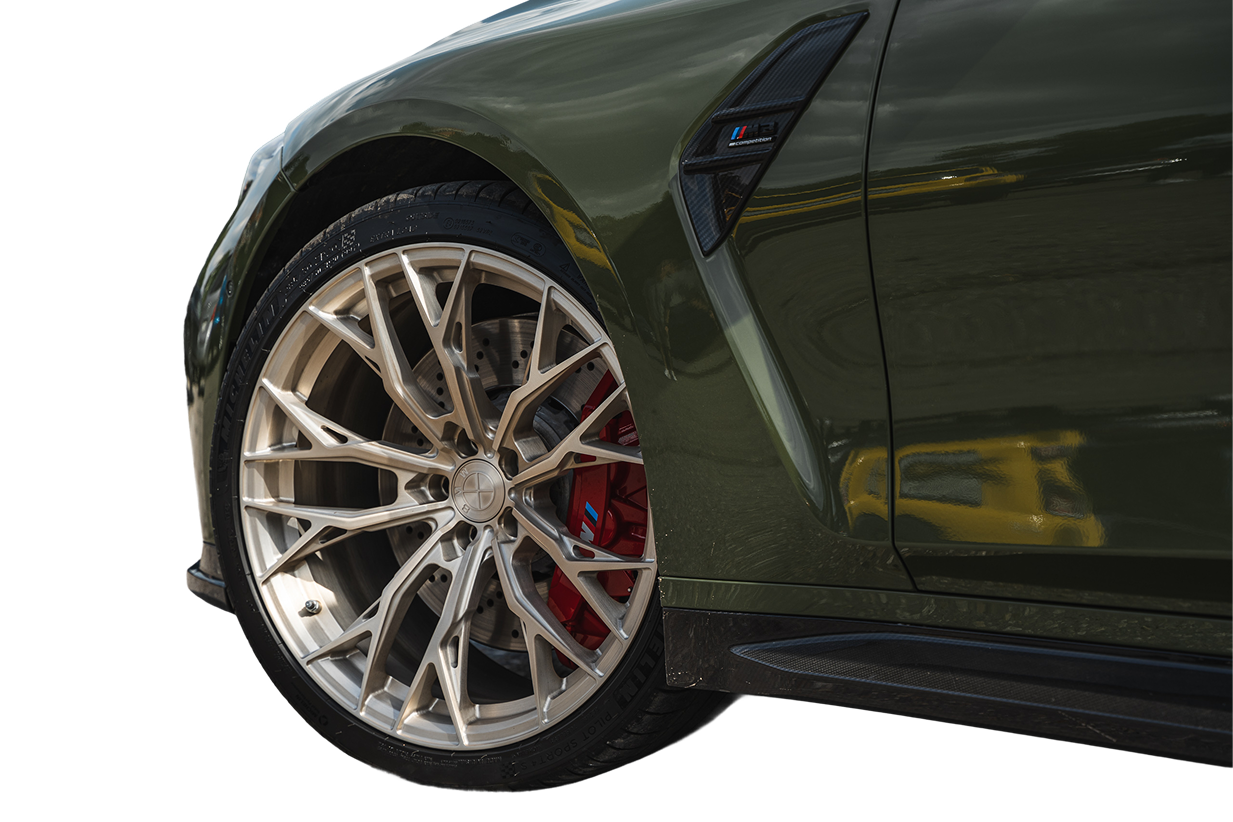Contents
- What is a splitter and how does it work?
- Why do I need a splitter?
- Functions and properties of the splitter
- Varieties of splitters
- Splitter Installation
- Features
- Tips for selecting and installing a splitter
What is a splitter and how does it work?
A car splitter is an aerodynamic element that is mounted on the front bumper of a car. It is a horizontal plate, usually made of a lightweight but strong material such as carbon or aluminum. Its main function is to separate the airflow: part of the air is directed under the car and part of the air is directed above it.
How does it work? When a car is traveling at high speeds, air meets resistance from the front of the car. The splitter helps minimize this resistance by redirecting the airflow. Its lower surface creates a high-pressure zone, which helps press the front of the car against the road. This improves the grip of the tires on the road surface and stabilizes the car at high speeds.
Why do I need a splitter?
A splitter is needed to improve the aerodynamic performance of the car. It performs several key functions:
- Drag reduction: it reduces the amount of air passing under the car, which reduces drag, increasing speed.
- Downforce: by generating significant pressure under the body of the vehicle, the splitter increases downforce on the front axle. This helps the tires grip the road surface better and improves vehicle maneuverability.
- Stability: at high speeds, the vehicle becomes more stable due to the even distribution of airflow.

Benefits of installation
- Improved handling: by increasing downforce on the front wheels, the vehicle is more precise and responsive.
- Improved safety: vehicle stability at high speeds reduces the risk of accidents.
- Fuel efficiency: reduced drag can help reduce fuel consumption when driving at high speeds.
- Appearance: modern splitters often have an attractive design that adds a sporty, aggressive appearance to the vehicle.
Splitter disadvantages
- Cost: quality materials and manufacturing techniques make good splitters quite expensive.
- Vulnerability: splitters are low to the ground and can be damaged when hitting curbs or other obstacles.
- Installation: some car models require specialized installation, which can also increase costs.
- Aggressive driving: increased downforce can encourage drivers to drive more aggressively, increasing the risk of accidents.
Functions and properties of the splitter
Its main function is to improve the aerodynamic performance of the vehicle by directing airflow. The splitter splits the airflow into two parts: one that passes over the car and one that passes under it. This creates additional downforce, which helps improve traction and stability at high speeds.
Splitters also help reduce drag, resulting in improved fuel efficiency. They help distribute airflow around the vehicle more evenly, reducing the area of turbulence behind the vehicle. As a result, the vehicle becomes more controllable and stable on the road.

Varieties of splitters
Splitters come in different types and are made of different materials:
- Carbon fiber – lightweight and durable, but expensive.
- Aluminum – strong, durable, but can add extra weight.
- Plastic – most affordable, easy to install, but less resistant to damage.
- Composite materials – a combination of strength and lightness.
There are also adjustable splitters that allow you to change the angle of attack to achieve optimal downforce depending on the conditions.
Splitter Installation
The process involves the following steps:
- Bumper surface preparation: cleaning and degreasing the installation site.
- Try-on: placing the splitter on the bumper to determine the exact mounting location.
- Drilling: creating the necessary holes for the fasteners.
- Fastening: securing the splitter with bolts or special fasteners.
It is important to ensure proper installation to avoid damage to the bumper or the splitter itself during operation.

Features
One of the features of an automotive splitter is the importance of regularly checking its condition. Since this element is located low to the ground, it is susceptible to mechanical damage from road obstacles and stone impacts.
It is also important to consider the specifics of a particular vehicle when choosing a splitter. Not all car models interact equally well with each type of splitter, the aerodynamics parameter depends on the body design.
Tips for selecting and installing a splitter
- Determine the purpose of installation: planning to use the car for racing or aggressive driving style, choose stronger materials (carbon or aluminum). For urban use, you can choose plastic options.
- Take into account the specifics of your car: before buying, make sure that the splitter you choose is suitable for your car model.
- Contact professionals: if you do not have experience installing such elements, it is better to entrust this task to professionals.
- Regularly check the condition: periodically inspect the splitter for cracks or other damage.
- Try adjusting the angle of attack: if you have an adjustable splitter, experiment with the settings to achieve a better balance between downforce and aerodynamic performance.
The role of the automotive splitter in vehicle design is multifaceted and important for aerodynamic efficiency and driving safety. At the same time, disadvantages require careful selection and installation of this element to maximize its benefits without adverse effects.



















